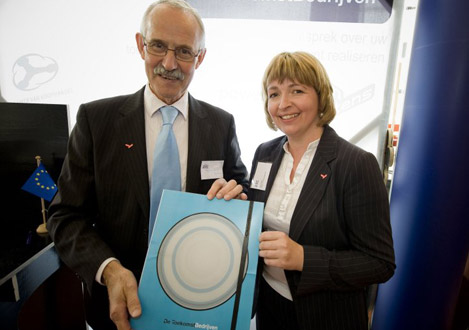Why Your Innovation Process is a Recipe for Failure
Having a process for the front end of innovation is necessary but not sufficient. It also requires proper levels of funding, and a governance structure to support it. In this article, we'll look at how these aspects tie together, and how your company can support your full innovation lifecycle.







